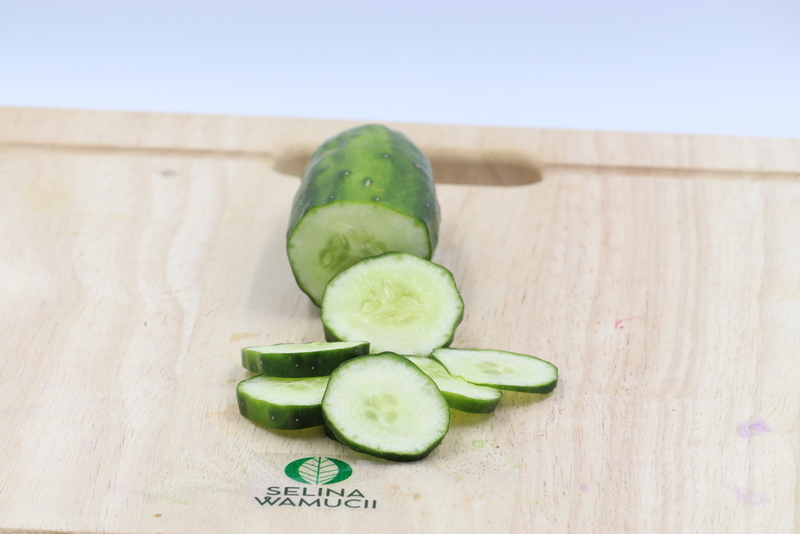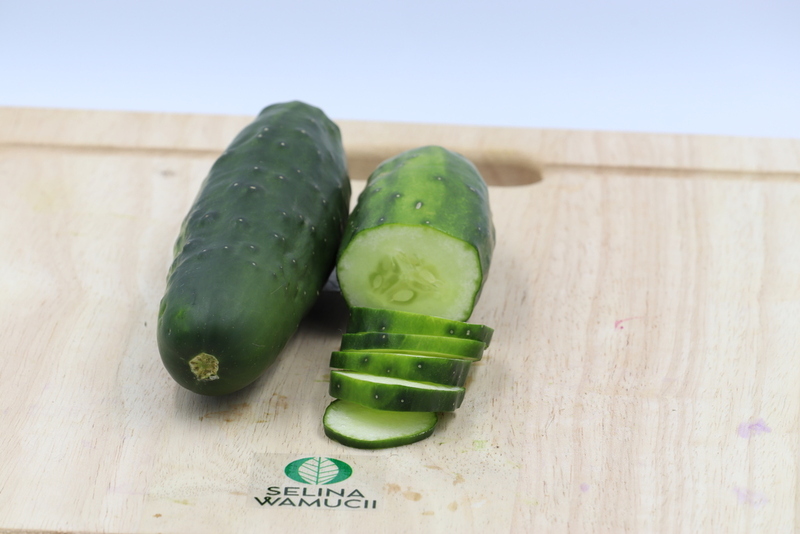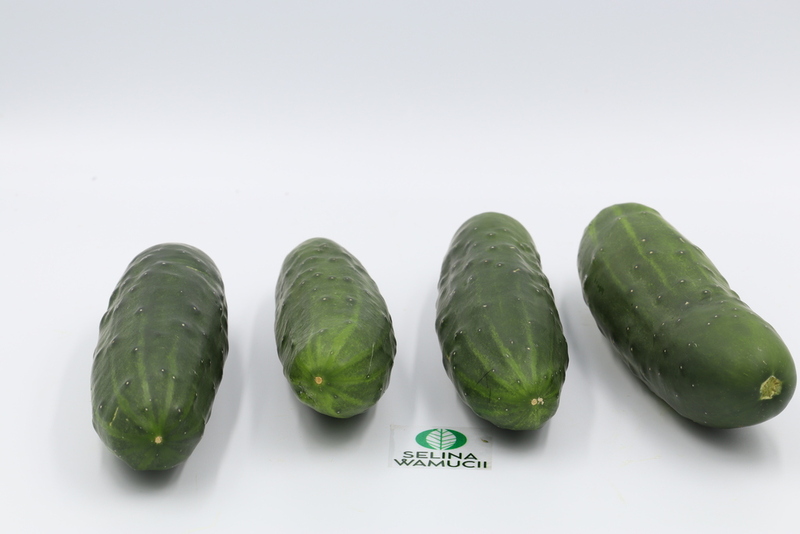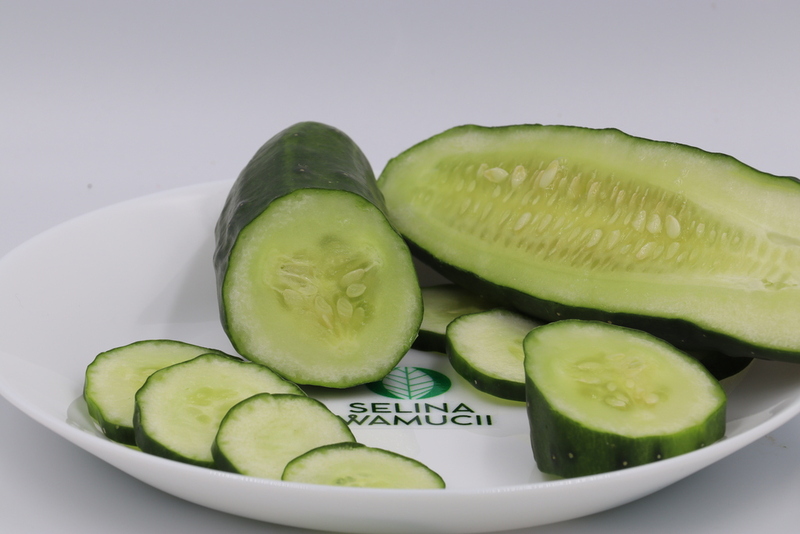Buy Tanzania Cucumber Directly From Exporters & Suppliers - Best of 2025 Market Prices
Get Instant QuoteTanzania cucumber (Cucumis sativus) is a common gourd family plant. Unlike its cucurbit relatives, its fruit is oblong rather than round. Tanzania grows all three main forms of the plant, namely the slicing variety, seedless cultivar and pickling type. In appearance, the plant hugs the surface of the ground through its creeping vines. It produces yellow, star-shaped flowers with rounded edges. Its oval-shaped fruits are usually pale green in color and sometimes they may have cream-colored stripes on their surfaces. In the country, the main producers of the crop are from the north, especially the Kilimanjaro and Moshi areas. It thrives well in these regions under the warm, tropical surroundings that add sheen to its already fully-formed figure. The crop’s name in Swahili is tango.
The origin of cucumber was southern Europe through the way of Greece at around 1000 B.C before it spread to the rest of the Western World through Roman and Greek connections. It reached Britain in as late as the 1300s A.D.
Eating cucumber provides the body with about 15.54 calories per serving of 100 grams. This is due to the sufficient reserves of carbohydrates in the crop. There is also a 147-milligram proportion of potassium per 100 grams which promotes the balancing of electrolytes in blood. There is also a 500-milligram concentration of dietary fiber for proper digestion.
We source Tanzania cucumber form family growers in Moshi and Arusha who have less than two acres of land. They cultivate their farms by rain and under irrigation. They use farmyard manure for soil enrichment and use pesticides sparingly. All of these suppliers have acquired Global Good Agricultural Practices (GAP) certificates. This ensures our crop’s ready acceptability in all parts of the world.
We harvest Tanzania cucumber in the maturity age when the plant has attained full-sized corms and has extensive vine formation. The slicing variety of cucumbers has at this time fruits of about 6 inches in length. For the dill variety, we go for it when its fruit is 4 inches in length. For the pickle cultivar, we pick it when it has attained the length of about 3 inches. We use sharp knives to cut the stalk of the corm an inch or so from the base. We put the fruity vegetables into bags before we take them to the packing shed for sorting and eventual packing.
We pack Tanzania cucumber in 20-pound (9-kilo) cartons that have the size of 5/9th bushels. We also have larger packages that weigh about 40 pounds (18 kilos) that come in half-bushel size. We also keep volume-filled packages that feature about 24 fruits per box. We keep the fruits well hydrated by the use of linings made of film or polyethylene in the cartons. We touch off the packing process with produce labels featuring the name of cultivar, the country of origin and the net weight of the cargo.
We store our Tanzania cucumber under cool, dry conditions in the temperature range of 10 to 13 degrees Celsius. We do not go below that range to prevent chilling injury. We keep them at 95 percent worth of relative humidity.
We also transport the vegetables via our refrigerated trucks to the airport in Dar-es-Salaam under this controlled temperature. Expect your delivery to reach your destination in the space of a day or two from the dispatch date.
In short, you now have the right supplier of Tanzania cucumber right in the backdrop of the majestic Kilimanjaro. We ensure that our farmers continuously follow practices that make for responsible agriculture by training them via mobile apps and by field visits. We therefore have plenty of trustworthy sources who ensure that there is a sufficient supply that meets your stipulated tonnage. You also get exceptionally low prices that meet your exact budgetary requirements. Make an order today!
Get Instant Quote
Are you a producer of Tanzania Cucumber or other products?
Sign up today for FREE to buy or sell Tanzania Cucumber.





